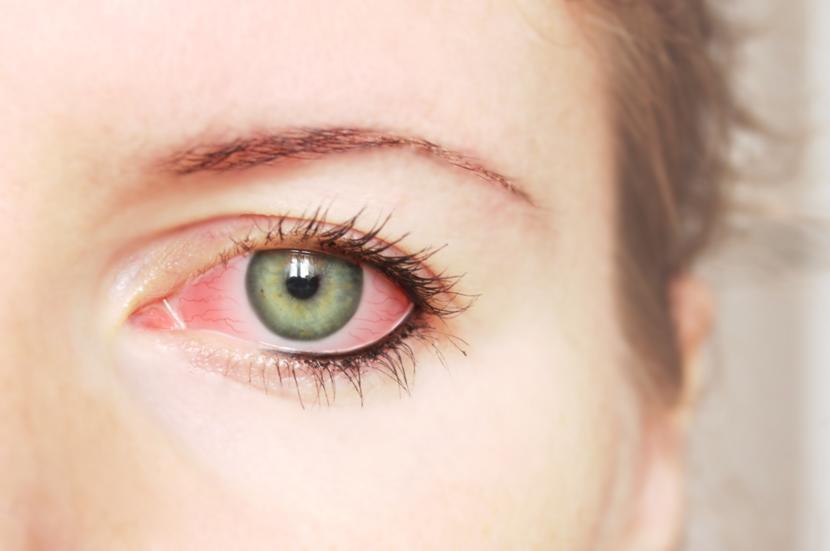Everything You Need to Know About Conjunctivitis

What is Conjunctivitis?
Conjunctivitis is an inflammation of the conjunctiva (a transparent membrane that covers the white part of the eyeball and lines the eyelids). Conjunctivitis is also known as pink eye, due to the characteristic pink or reddish color of the whites of the eyes.
What Causes Conjunctivitis?
Pink eye, or conjunctivitis, is commonly caused by a viral or bacterial infection, as well as an allergic reaction. However, it can also be caused by an irritation of the eyes due to a foreign object in the eyes or a chemical splash in the eyes.
- Conjunctivitis can affect one or both of the eyes at the same time.
- Viral and bacterial conjunctivitis are highly contagious. Viral conjunctivitis is characterized by a watery discharge while bacterial conjunctivitis is characterized by a yellow or green, thick discharge.
- Allergic conjunctivitis affects both of the eyes and it results from an allergic reaction due to exposure of allergens, like pollen for example. This type of conjunctivitis is characterized by tearing of the eyes, itching, but it is also accompanied with watery nasal discharge and sneezing.
- Conjunctivitis due to an irritation of the eyes usually resolves on its own for a day or two. This type of conjunctivitis is characterized by redness and itchiness.
Signs and symptoms of Conjunctivitis
- Redness of the affected eye
- A gritty feeling
- Itchiness
- Tearing of the affected eye
- Discharge from the eyes that can form crusts during the night. These crusts on one or both of the eyes will make it difficult to open them in the morning.
Conjunctivitis is a medical condition that will not have an impact on your vision. However, proper diagnosis and treatment is necessary as this condition is highly contagious, especially during the first two weeks. Early diagnosis and treatment of your eye infection will protect other people around you.
Contact lenses should be avoided once the signs and symptoms of conjunctivitis appear, as they can just make the condition worse. Use glasses instead.
Making an appointment with an eye doctor is a wise thing to do, as he or she can check your eyes and determine if you have a more serious eye infection.
How is Conjunctivitis Diagnosed?
Pink eye or conjunctivitis is diagnosed by a physical examination of the eyes, accompanied by a detailed medical history and anamnesis.
In cases when conjunctivitis is severe, there is a possibility that the cornea is affected. When you are having repeated conjunctivitis that doesn't respond to the treatment, samples of eye secretion for laboratory analysis can also be collected.
In cases of allergic conjunctivitis, allergy testing can help determine what allergens to avoid and what you are allergic to.
If left untreated, inflammation of the conjunctiva can progress into the inflammation of the cornea, which will affect an individual's vision. Early diagnosis and treatment of conjunctivitis, regardless of its origin, will prevent further spread of the inflammation and its complication, inflammation of the cornea.
How is Conjunctivitis treated?
Conjunctivitis usually resolves on its own within two weeks. However, taking antibiotics when conjunctivitis is caused by bacteria can help resolve the condition faster.
For viral conjunctivitis, no treatment is available, and the signs and symptoms will resolve on its own within a week or two.
Allergic conjunctivitis is treated with the help of decongestants, anti-inflammatory eye drops, or steroids. Antihistaminic drugs are sometimes also prescribed in order to control the allergic reaction.














